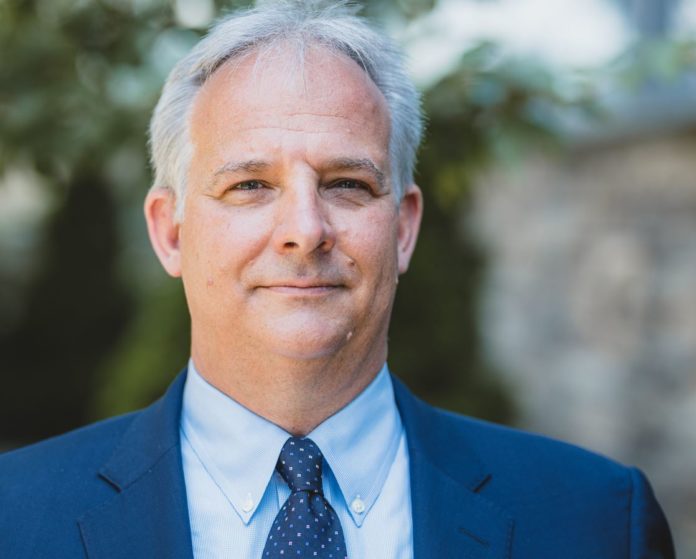A renowned burn surgeon and researcher left Toronto for Hamilton to establish a new burn research centre and serve as vice-president of research at Hamilton Health Sciences.
Dr. Marc Jeschke, who is leading research into using stem cells and “printed” skin to treat burn patients, is also medical director of the burn unit at Hamilton General Hospital. It is one of just two burn centres in Ontario.
“There is an intimacy and an ability to collaborate and work together and support each other that just doesn’t exist at bigger hospitals and universities,” he says. “That really appealed to me. And I’ve been so warmly welcomed since I arrived. I’ve had so many offers to collaborate. It’s exciting.”
Jeschke started researching stem cell based skin regeneration technology about 15 years ago. As a clinical investigator, he has secured over $22 million in funding to support research and clinical trials throughout his career.
Building bridges across all research areas
Jeschke began his role at HHS in July. He is a professor of surgery at McMaster University and in Hamilton, he has the opportunity to establish a new burn research program within the Thrombosis and Atherosclerosis Research Institute (TaARI) of McMaster and HHS.
As vice president of research, Jeschke is prioritizing building bridges and amplifying the identity of research at HHS and its impact in the medical world. He’ll focus on supporting existing research strengths and exploring new ones.
“HHS is continuously in the top five research institutes in Canada. We want to further that reputation.”
Originally from Germany, Jeschke comes to Hamilton via a 12-year leadership post at the Ross Tilley Burn Centre at Sunnybrook Health Sciences Centre. Under his guidance, it became a leading surgical and burn care institution in North America. Jeschke has also held surgical, faculty and research positions at American hospitals. His academic activities include more than 450 peer reviewed articles, books, and chapters on burn care. He has been continuously funded by national granting agencies from Canada and the USA for the past 20 years.
A testament to his leadership and the exciting science happening in his lab, 17 of the 20 staff and researchers in Jeschke’s burn lab also made the shift from Sunnybrook Hospital to come to HHS.
Hamilton’s unique research community
He meets regularly with his counterparts at St. Joseph’s Healthcare Hamilton and McMaster University.
“We talk about city-wide initiatives and how we can work as a team,” says Jeschke. “It’s very productive to have these conversations. You don’t find this in larger cities. This is unique, in my opinion, to Hamilton.”
Exciting science to help burn patients
Jeschke’s research in using stem cells and 3D-printed skin to treat burns has the potential to significantly improve survival and greatly reduce the recovery time, pain and scarring from burns. It also has potential in treating other types of wounds.
Patients with serious burns are usually the sickest people in a hospital, he says.
“They really are trying to die on you every day. There is a very fine balance between survival and dying.”
His lab is also focused on burn treatment for older adults.
“The survival rate for older burn patients is very, very low. We are one of the first labs to look into this.”
Preclinical trials on using stem cells have shown promising results and Jeschke has received Health Canada approval to move to clinical trials.
He expects to undertake clinical trials on 3D-printed skin treatments in the next year or two. For more information about Hamilton Health Sciences and Dr. Marc Jeschke please click here.
















